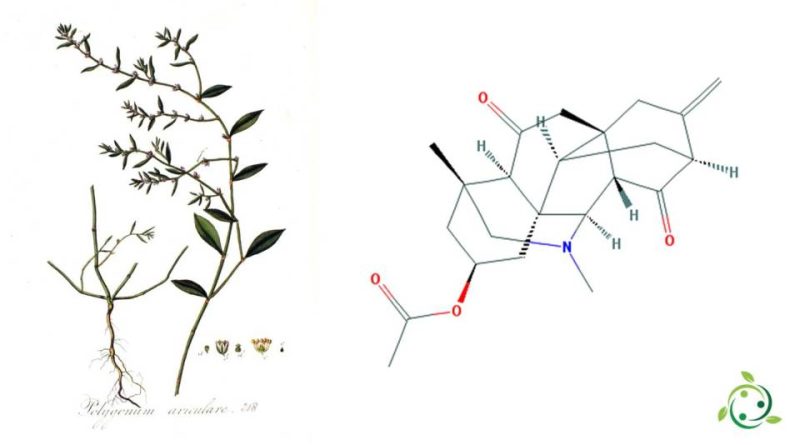Panicudine
Panicudine
Panicudine, whose term in the official IUPAC nomenclature is: 6-hydroxy-11-deoxy-13-dehydroethysane, is a diterpene alkaloid with 20 carbon atoms, of the etisine type, isolated for the first time from the Aconitum paniculatum plant.
Panicudine has a brute or molecular formula: C20H25NO3.
From the point it has a melting point between 249 and 250 ° C.
Panicudine demonstrated antimicrobial activity in the chloroform extract of Polygonum aviculare.
This extract is a herbal preparation of traditional medicine of the Mediterranean coastal areas.
Panicudine is present, however, in other plants; it was in fact isolated from the epigeal parts of Rumex pictus.
However chemically related alkaloids occur naturally in other plants.
Warning: The information shown is not medical advice and may not be accurate. The contents are for illustrative purposes only and do not replace medical advice.

